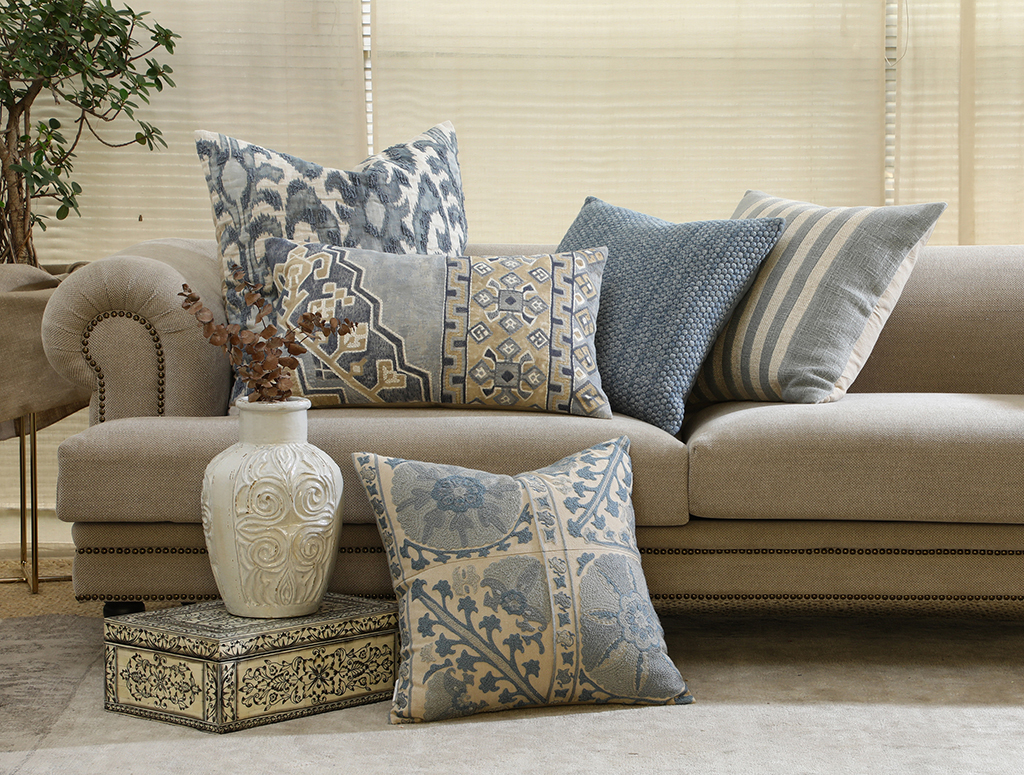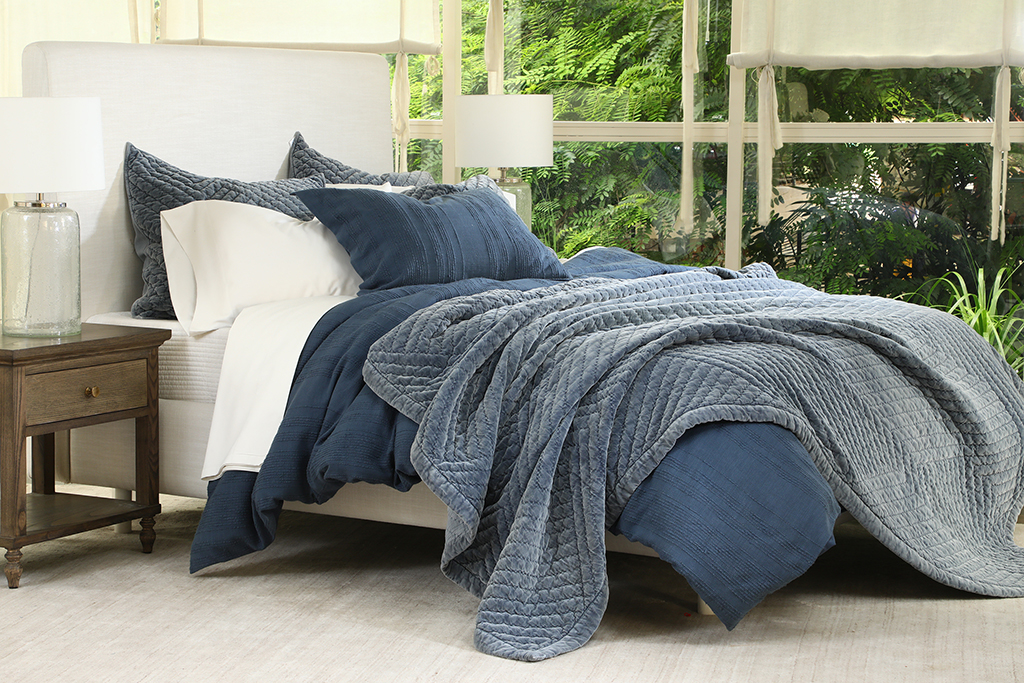From a small group of women who did hand quilting in Tughlakabad, the brand ‘Sarita Handa’ has grown into a huge enterprise that has established a strong presence in both the domestic and international textile markets

One of the instantly recognisable brand names in the home textile segment is ‘Sarita Handa’. The company was started in 1992 by Sarita Handa, the wife of an army officer who had travelled across India and developed a keen interest and eye for Indian textiles, particularly the different weaves of saris that were woven in villages. She worked for some years to gain adequate experience and then decided to devote herself to her passion for textiles. That’s how the company’s journey began. Sarita Handa was always very clear that she wasn’t just doing business but also wanted to nurture the artisans.
The company adopted a small group of women to do hand quilting in Tughlakabad which was then just a village. This helped give regular work to the women there and empowered them too. Today, the company’s customers who comprise some of the leading names in international retail know Sarita Handa for the hand of the artisan that the brand promotes. The company designs, manufactures and exports a wide range of textiles for the home segment. “Right from quilts, duvet covers, cushion covers, table linen, drapery and kitchen linen, we cover the entire gamut of home textiles,” says Suparna Handa, Managing Director, SARITA HANDA.

A Strong Footprint
As regards its global reach, the company works with the US, UK, Europe, Australia and India markets. Sharing details about the company’s manufacturing infrastructure, Suparna says, “We have about 5,00,000 sq. feet of factory space. Here we are able to do the cutting on automated cutting machines along with automated embroidery and quilting and sewing. We have a well-equipped laundry and are constantly investing in infrastructure upgrades or increasing capacity.” Speaking about how the company has managed to overcome the challenges posed by the pandemic, she observes: “Hopefully we are seeing the end of what has been a tough two years.”
“We are proud though that we have been able to maintain our workforce and have continued to keep our artisans and workers gainfully employed. We just stayed together, took the necessary precautions, learnt to work from home and adapted to technology,” she adds. About the changes brought about in the business model on account of the pandemic, Suparna states: “We have explored the possibilities of wellness textiles. We are working on new categories of products like loungewear. We have set up a state-of-the-art drape plant and are looking forward to increased growth.”
Production and Sustainability
She also agrees to the fact that the home textile segment has done quite well in the post-pandemic period. “Yes, home textiles have probably fared better than other categories in this time. While other manufacturing markets have provided competition, it is our design and innovation capabilities that have kept us ahead. The infrastructure needs to vastly improve for India to become a leading player as a manufacturing destination,” is how she puts it. Responding to a question about the company’s sustainability focus, Suparna points out: “To us, there are many forms of sustainability. For instance, we have part of our energy needs fulfilled by solar energy.”

“We have increasingly started using more sustainable fabrics. However, more important than all of these is that we are being able to sustain the craftsmen and craftswomen who do our hand quilting and hand embroidery and the weavers who weave hand-spun yarns on handlooms from north to south and east to west. Hand screen and block printing techniques are becoming rarer and being replaced by digital machines but we continue to support these traditional methods.” Touching upon the topic of what gives the brand a competitive edge, she notes: “What we bring to the table is our design and innovation capabilities, the quality of our product and the service we are able to offer to our customers.”
Exploring Different Avenues
The company has also tapped into the potential of growing e-commerce penetration. Continuing further on this topic, Suparna states: “Yes, e-commerce has been the new kid on the block for us. We were able to launch this for the Indian market through our retail arm. This continues to grow and do well. We are focusing on this area for both the domestic and international markets.” The company has set ambitious future growth plans. “The targets are aggressive and we aim to make the brand attain international visibility in the direct to customer segment. We would like these products from India to attract buyers from across the world. It will also be our social contribution to empowering the talented people who work on these products,” she signs off.